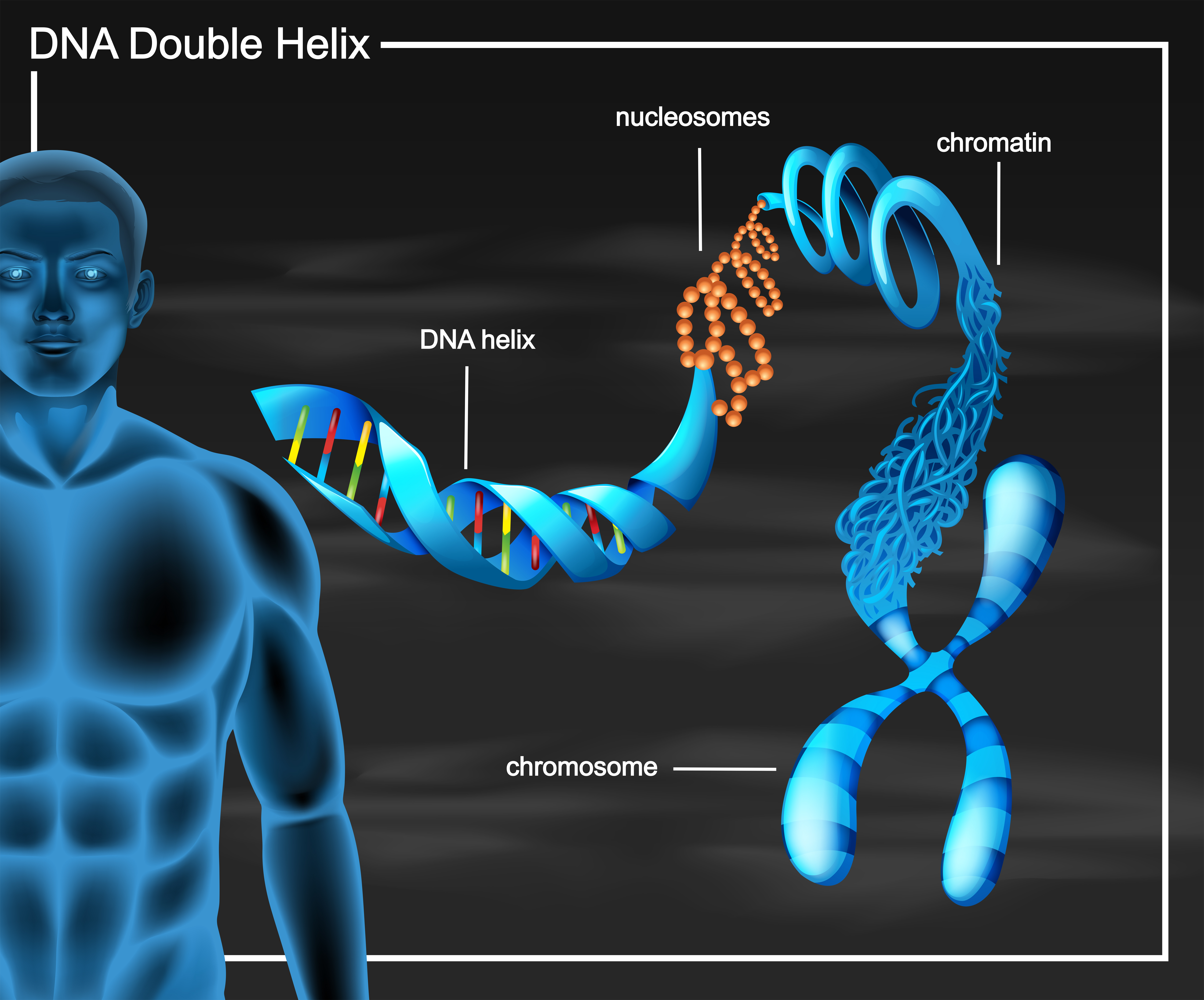


order to characterize conductance mechanisms and properties of individual DNA constructs (rectangular DNA origami or TX tile complex), only the samples having just one construct bridging the nanoelectrodes after the DEP trapping were chosen for the electrical measurements. This result will open up opportunities for more complex setups of growing DNA in a programmable way (see also Ch. 5.11, the two different oligonucleotides are clearly distinguishable in the confocal fluorescence image proving that the electrode-specific trapping and im- mobilization is realizable. Next, Cy5-labeled oligos were pipetted onto the substrate followed by ap- plying the same AC signal with the DC-offset to the opposite electrode. After the trapping, sample was rinsed with DI water and dried. At first, C圓- labeled oligonucleotides (0.3 µM in 3 mM Hepes / 2 mM NaOH buffer) were in- jected onto the sample, and only one of the eight electrodes of the structure was chosen to gather these oligonucleotides by connecting it to the waveform genera- tor (AC-signal 5.0 V pp and 1 MHz + DC-offset of 1.3 V), while all the other elec- trodes were grounded. 5.1 could enable the electrode-specific trapping, and this was demon- strated with 40 nt long C圓-and Cy5-modified ssDNA molecules. In addition, it was deduced that the electrode geometry pre- sented in Fig. in order to introduce a more sophisticated DNA-platform for po- tential applications, the multielectrode configuration was exploited in the trapping of oligos/primers. Moreover, the DNA molecules used in these experiments con- tained C圓 and Cy5 dyes at the 3' ends and thus, they were not suitable for being. Here, multielectrode geometries were only exploited in order to demon- strate that primers can be trapped separately, but they were not used in the actual PCR experiment, since this kind of trapping procedure is a bit laborious method for studying the kinetics of extension of the primers in PCR due to an assumed low yield of the process. In principle, the method also allows more sophisticated wiring systems, if one uses multielec- trode geometries for trapping primers in the electrode-specific manner as presented in Fig. 8.2b) or 2) pair with the complemen- tary strands originated from a template (Fig. The elongated primers can either 1) form a complete dsDNA bridging the gap be- tween the electrodes (Fig. 5.2.4) and consequently using them as primers and extending them in a PCR procedure. programmable immobilized PCR is based on trapping and immobilization of thiol-modified ssDNAs to the nanoelectrodes by AC-DEP (as described in Sec.


 0 kommentar(er)
0 kommentar(er)
